Porsche Boxster and Cayman, The 981 series 2012 to 2016
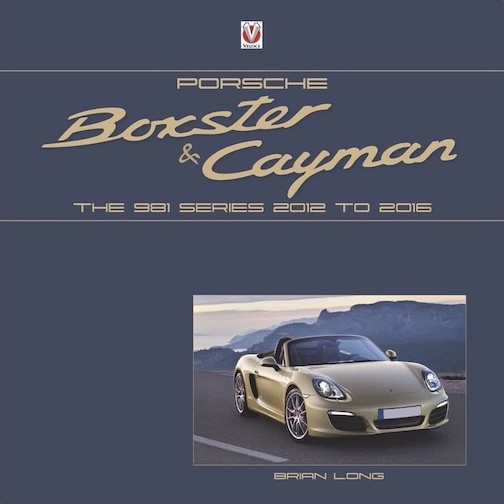 by Brian Long
by Brian Long
“Strictly speaking, the Type 981 project spawned the third-generation Boxster and the second-generation Cayman, although a few people class the face-lifts as another version, so there are some strange press releases out there, with plenty of articles to match in this copy-paste era we live in.”
No copy-paste nonsense here; if anything, it is veteran journalist Brian Long’s work that is being copied. With over 80 titles since 1990 under his belt (and on your shelves?) this trained mechanical engineer knows his craft and has built the relationships to sources that open doors.
Among his many Porsche titles are four on just the Boxster/Cayman line, the first one going back to 2005, ergo he has covered the entire run. That all are for the same publisher, Veloce in the UK, themselves a cornerstone of the automotive books world for several decades now, spells only good things for the reader.
If a Boxster is in your crosshairs because you’re in the market, do realize that this book is a model history not a buying/ownership guide (conveniently, Veloce has those too, a separate one for each generation, all written by Adrian Streather). Those topics do overlap, of course, and what Long’s book does marvelously well is explain why and how year-to-year changes came about and how they play out vis-a-vis the ever-changing parameters of technology, regulations, and competitiveness.
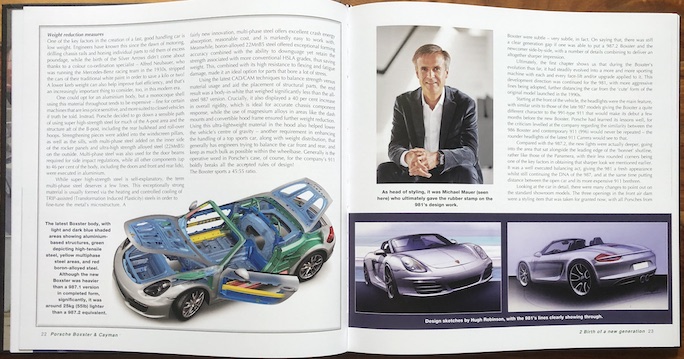
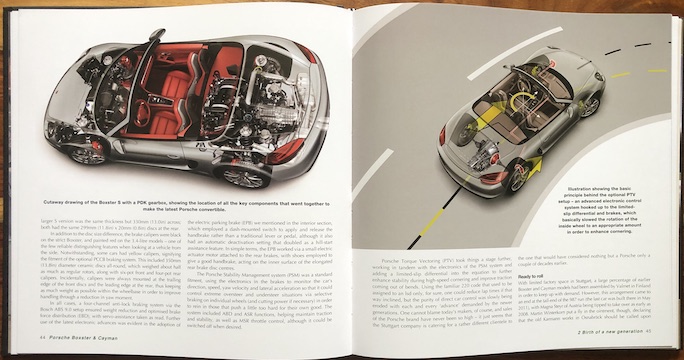
As to the latter aspect, Long’s book is especially pertinent because it begins by laying out Porsche’s own soul-searching about the merits and risks of launching a project that was to answer questions the world outside was not really asking: Porsche’s flagship model, the 911, was beloved—so beloved that any deviation from the core DNA would cause riots among the purists; earlier attempts (think 914, 944, 928) had not gained much traction and if Porsche did tackle the key issue again—offering a cheaper car than the justifiably expensive 911—it would either be derided as heretical, or it might become so successful as to cannibalize 911 sales. Either way, the “stigma” of being seen as the poor man’s 911 would pose a high-risk challenge to a new model. This is a quite unique problem to have, never mind for a commentator to describe in a balanced, sensitive, context-rich way. How well Long manages that may not be so apparent to the casual reader but a card-carrying Porsche enthusiast/911 purist will surely gain here a thorough appreciation of how competent and clever a car the Boxster (and derivatives) is. And on top of that, a Porsche has to look like a Porsche—a criteria that, for instance, the contemporary BMW Z4 whose sales numbers never came near those of the Boxster, was not constrained by. Long story short, this is a multi-faceted story, and Long handles it not just well but offers a superior reading experience on par with the “superior driving experience” that wasn’t just a Porsche slogan but a must-meet objective.
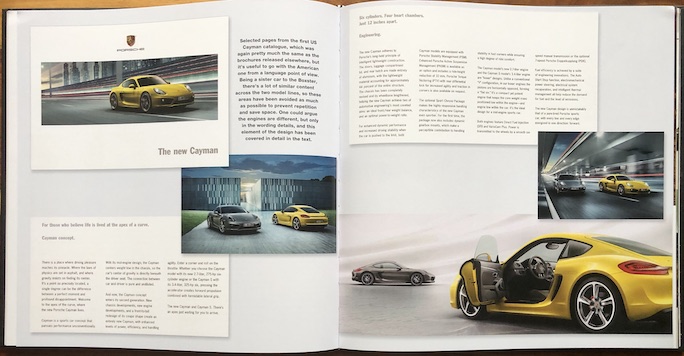
Market-specific changes/options (China playing a particular role here) and motorsports are discussed, and illustrations match up with the text closely. As in many Long books there are quite a lot of pages from company brochures (above) and the like. Four Appendices corral all the data points (model year changes, specs, chassis numbers, sales/production figures) and there is an Index, albeit basic.
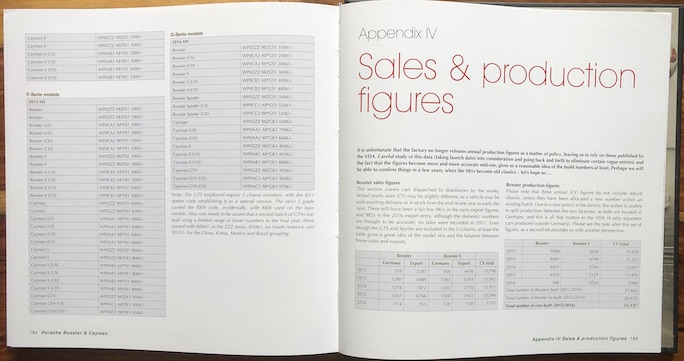
Copyright 2023, Sabu Advani (speedreaders.info).


 RSS Feed - Comments
RSS Feed - Comments

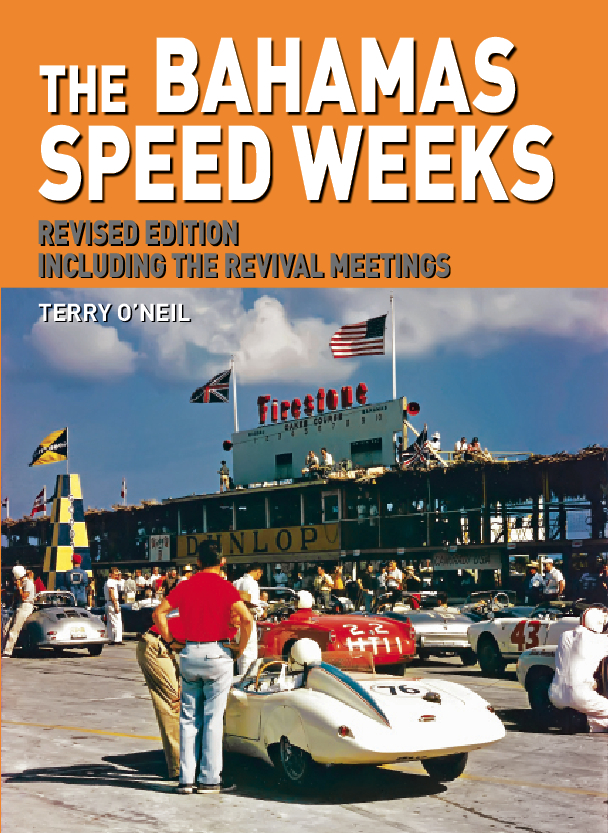

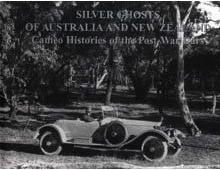





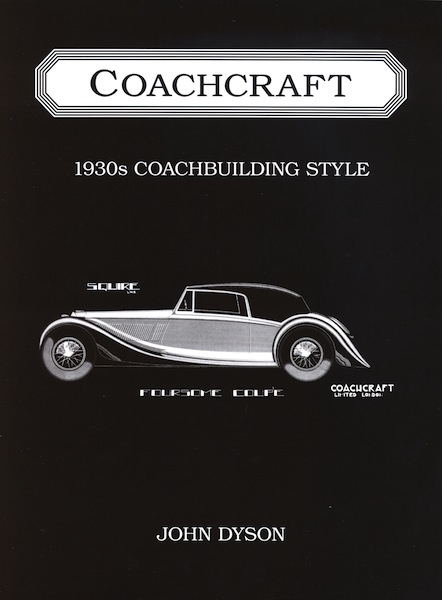

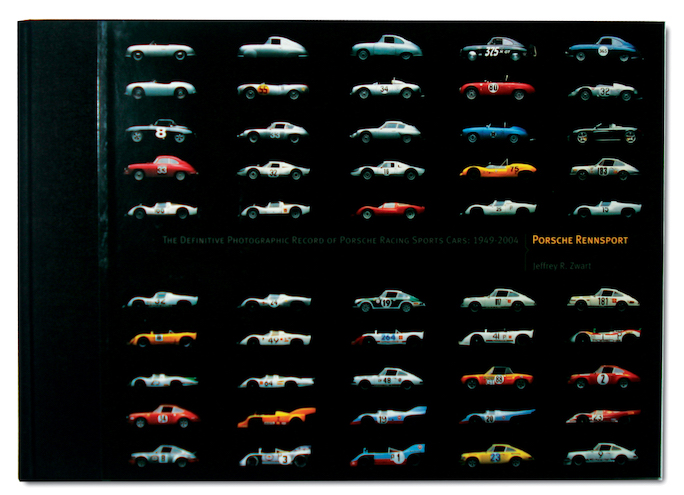



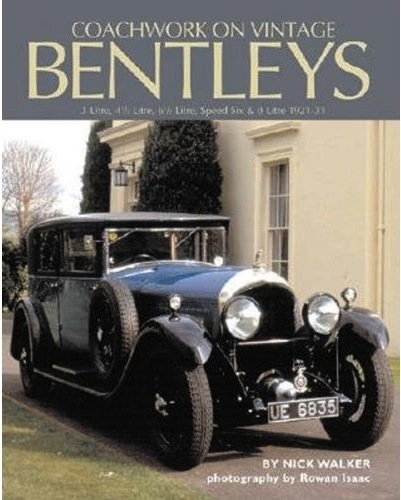





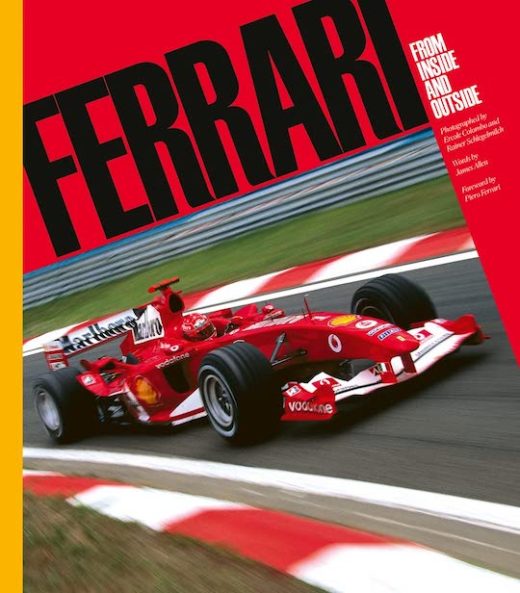


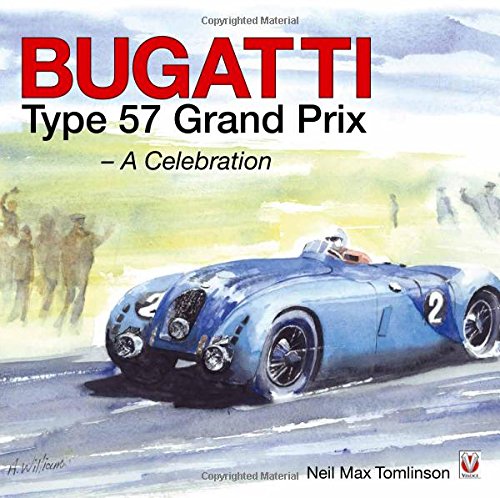











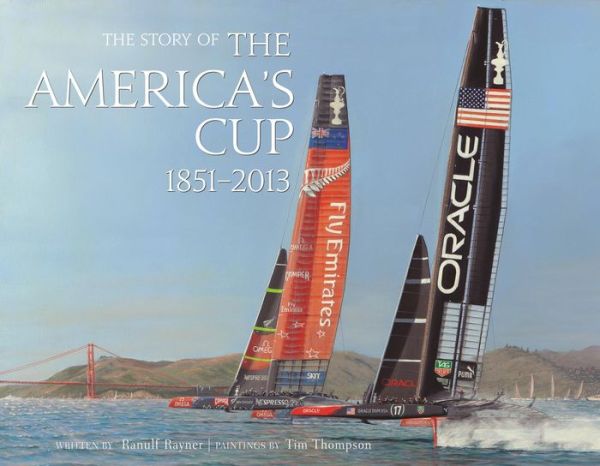
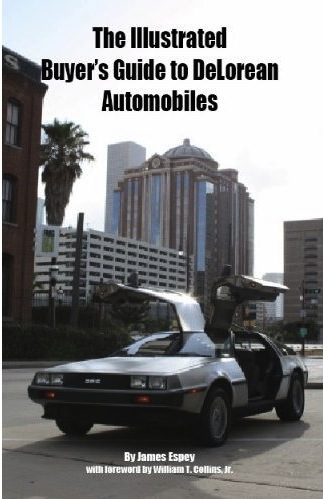



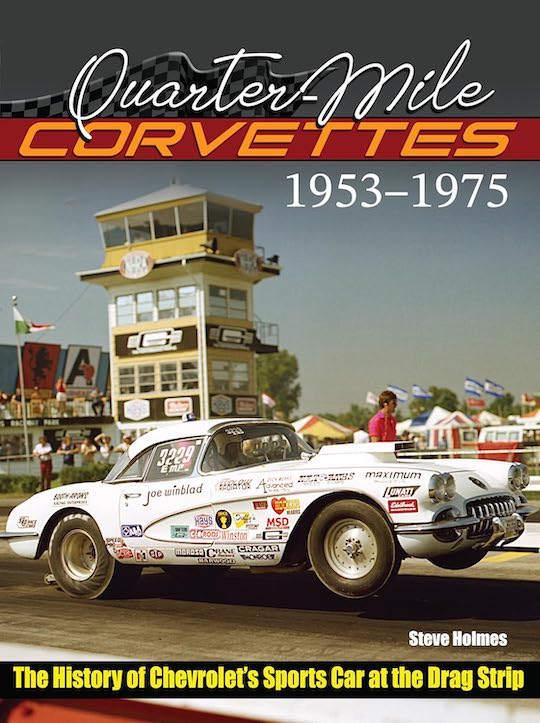

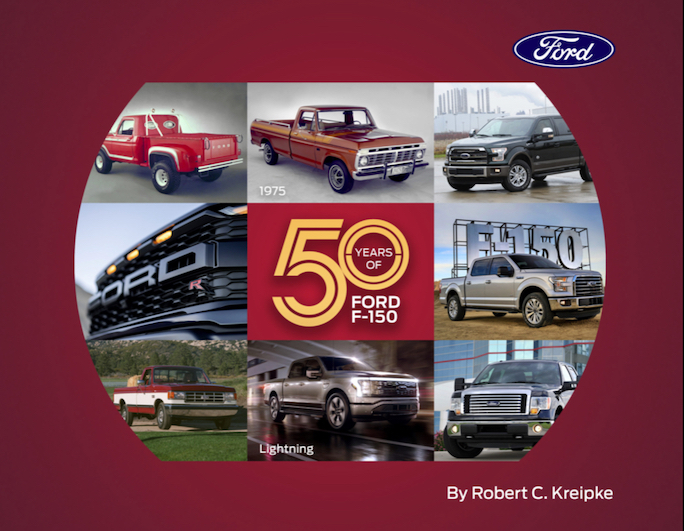
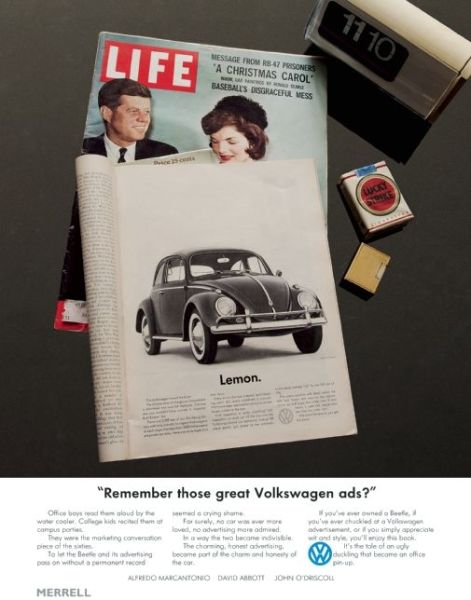


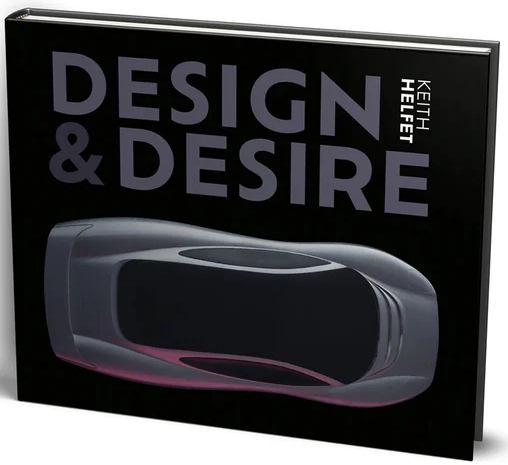
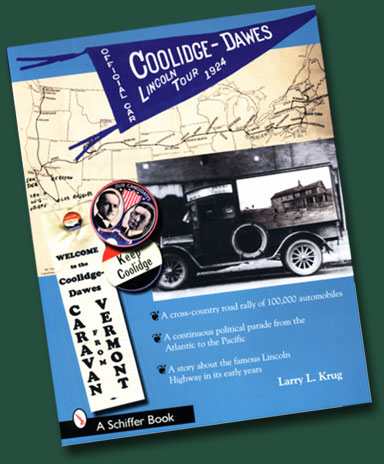


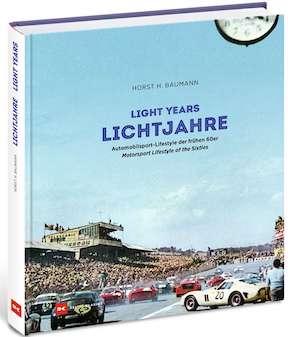


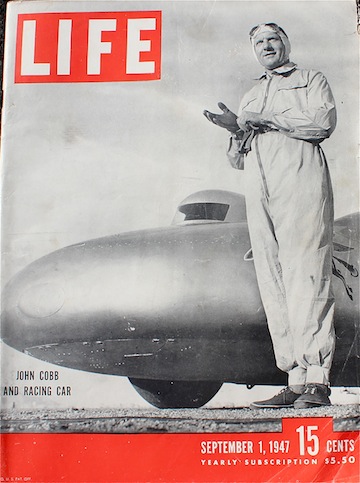






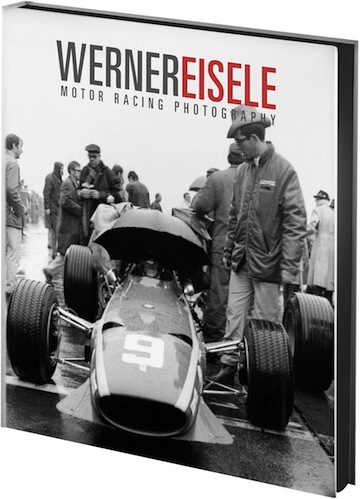






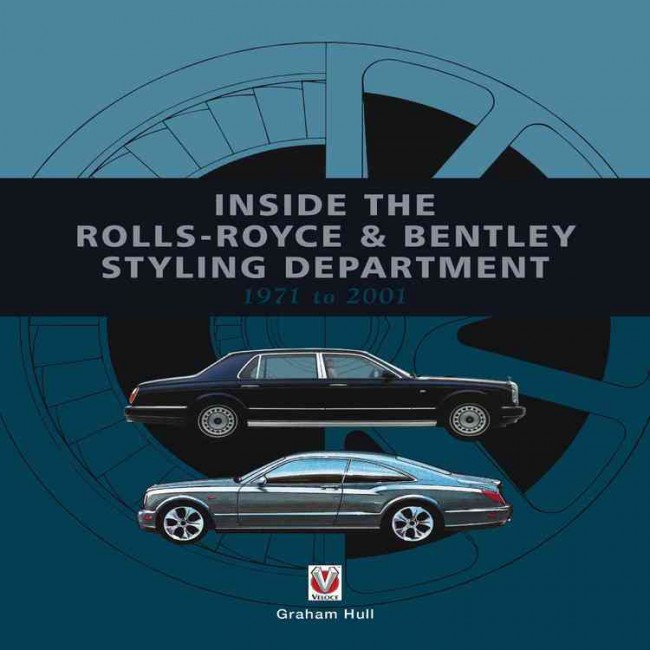

 Phone / Mail / Email
Phone / Mail / Email RSS Feed
RSS Feed Facebook
Facebook Twitter
Twitter